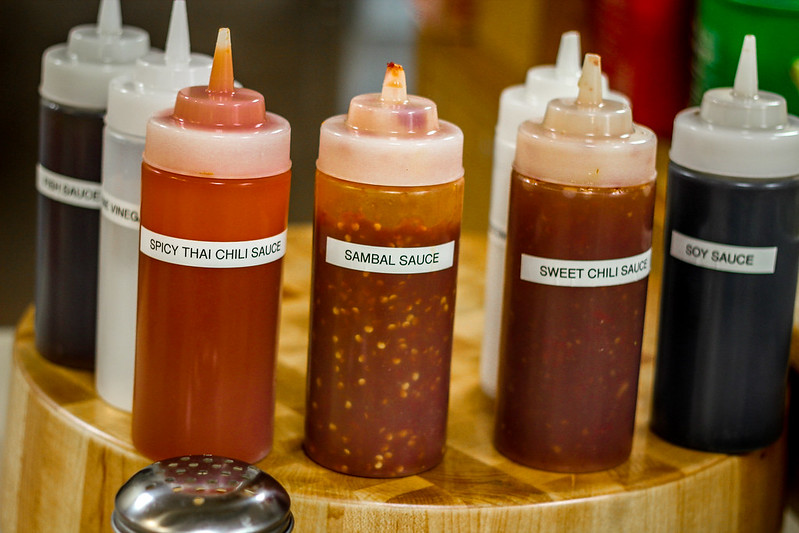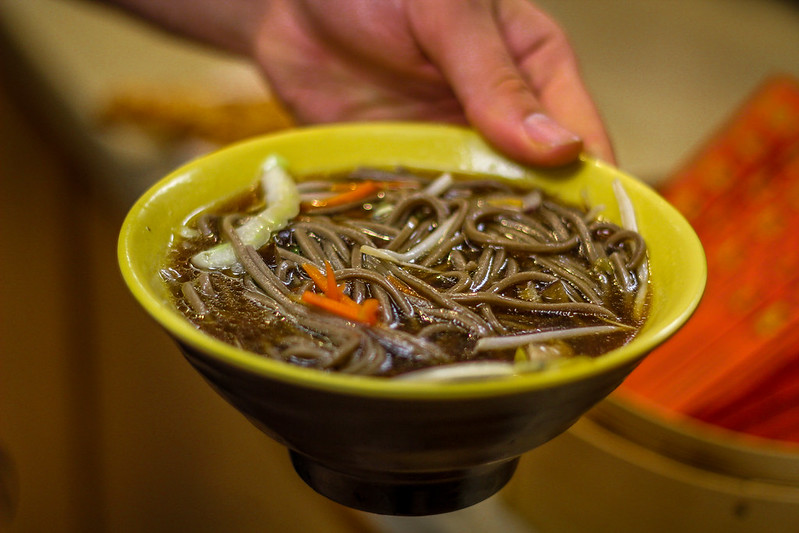White Rice Vinegar
For all you lovers of acidity on the UR campus, this one’s for you. Its closest counterpart is distilled white vinegar, but it has a more mellow tartness. Plus, white rice vinegar won’t make you feel as though you’re eating the dye you color Easter eggs in. Use it to give your soup a hot and sour flair. Complement with the sweet chili sauce.
Fish Sauce
By coating fish with a thick layer of salt, the oils and juices ooze out of the skin and into the squeeze bottle. Bear with me, you naysayers! This sauce gives your dish an umami savoriness, the fifth basic flavor can be hard to find elsewhere, especially for vegetarians. Use sparsely in combination with soy sauce; with so much salt, you might make some eau de humain of your digestive tract.
Spicy Thai Chili Sauce
Dragonbreath alert: although diluted with water and coconut oil, the freshly ground thai chili and garlic base in this sauce will leave your mouth fiery and stunningly smelly. With the impending close of the Sriracha factory in California looming ahead, this will be dealing out the spicy hot punches from now on. Handle with caution, add for heat.
Coconut Milk
OH NO! You were a bit too heavy handed with the chili sauce, your noodle bowl is inedible, and if that wasn’t enough, your salty tears are in danger of tipping the balance of the fish sauce. No biggie, coconut milk will save the day. Just tip off some of your broth, add a three-second pour of this ingredient, and you’ve got yourself a Thai curry soup.
Sambal Sauce
Hailing from Malaysia and Indonesia, this sauce is really up for grabs. It is commonly made with a variety of peppers, including habanero, cayenne, bird’s eye or lombok. Spices that accompany these showstoppers vary from region to region. If you aren’t feeling garlic but still want a little heat, use this as an alternative to the spicy Thai chili sauce.




